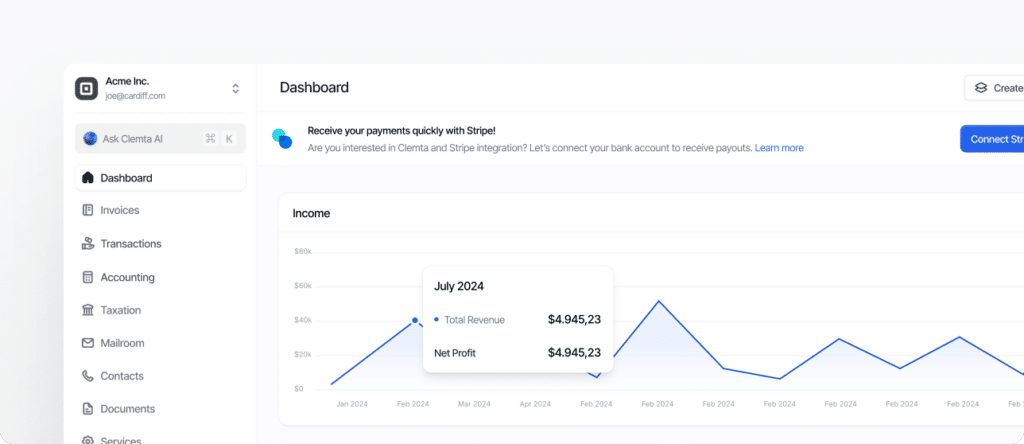A routing number is a unique nine-digit code used in the U.S. banking system to identify the specific financial institution where a bank account is held. It’s mainly used for domestic transfers, direct deposits, bill payments, and check processing.
What is a Routing Number?
A routing number (also known as an ABA routing transit number (RTN)) is an essential part of U.S. banking transactions.It works alongside your account number to ensure that money sent or received goes to the right bank. While the account number identifies your specific account, the routing number tells the payment system which bank to send it to.
Routing numbers are used for a variety of purposes:
- Domestic Wire Transfers – Sending or receiving money within the U.S. through the Federal Reserve system.
- ACH Transfers – For electronic payments such as payroll, vendor payments, or automatic bill withdrawals.
- Check Processing – Printed at the bottom of paper checks so banks know which institution issued it.
- Direct Deposits – Employers and payment processors use it to deposit funds into your account.
Understanding the routing number is important because most U.S. clients, payment processors, and payroll systems will request it for payment setup. For example, if your Delaware LLC has a Mercury account, you’ll be given both a routing number (for ACH and wire transfers) and an account number.
It’s worth noting that banks can have multiple routing numbers (one for ACH payments, one for wires, and sometimes different ones for different states or regions). Always confirm you’re using the correct routing number for the specific transaction type. Using the wrong one can result in delays or returned payments.
In short, the routing number is a key piece of your U.S. banking identity, making it possible to move money efficiently and securely within the U.S. financial system. For international founders, having the correct routing number ensures smooth integration with U.S. payment networks.

